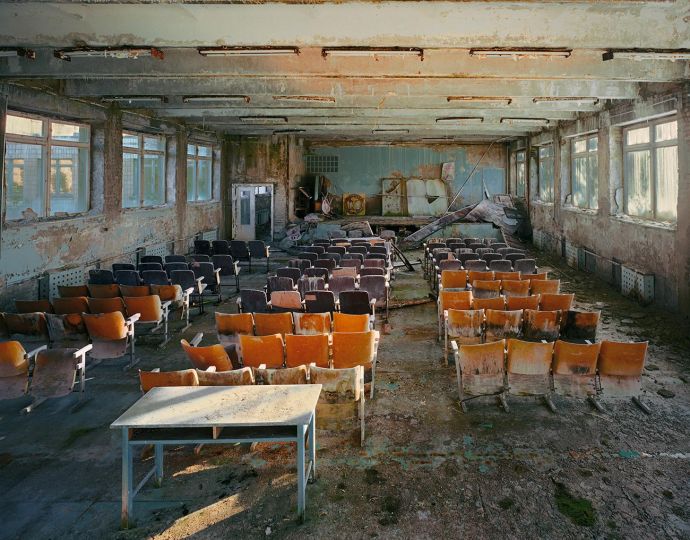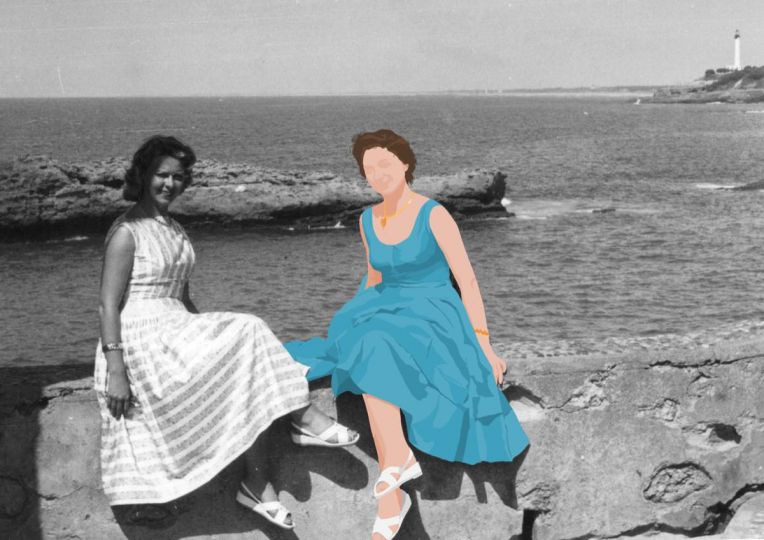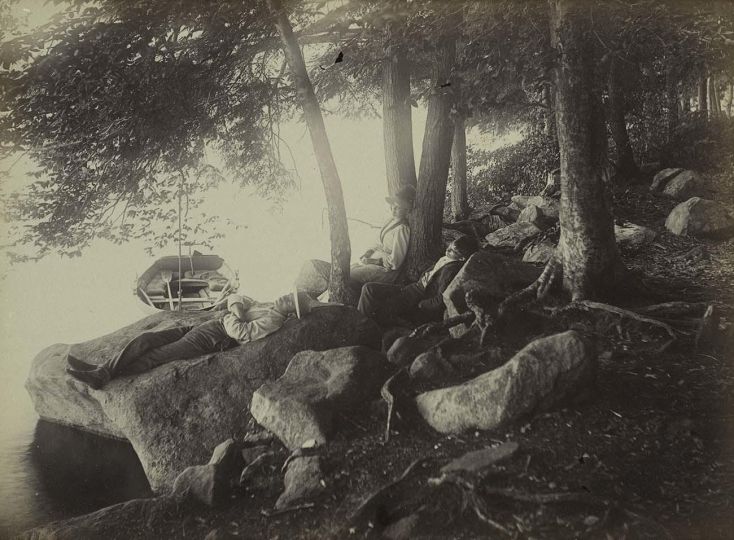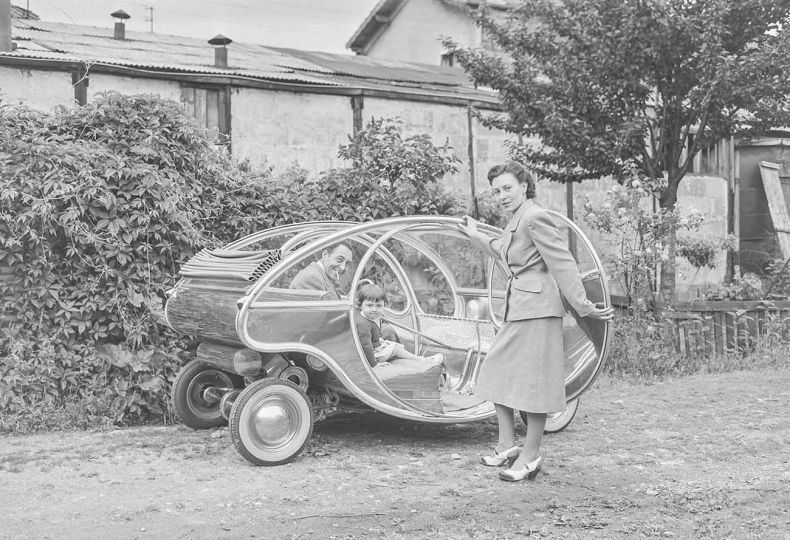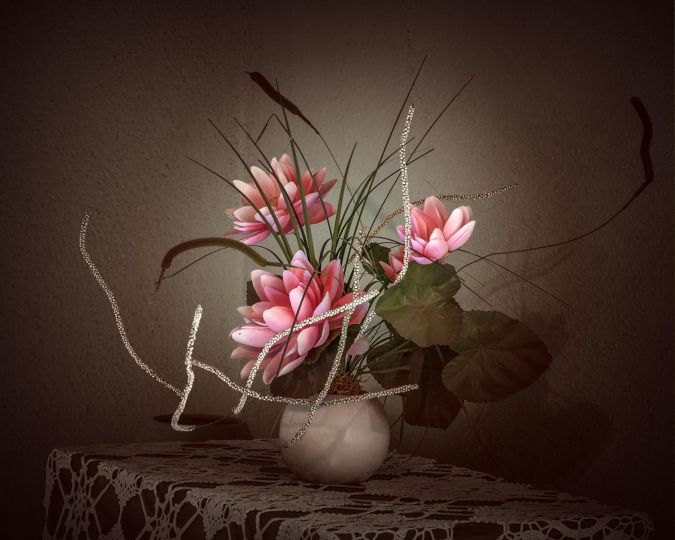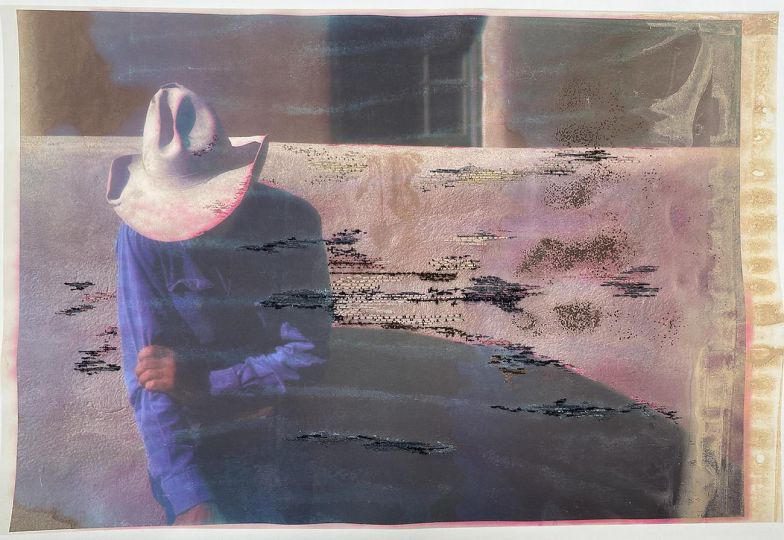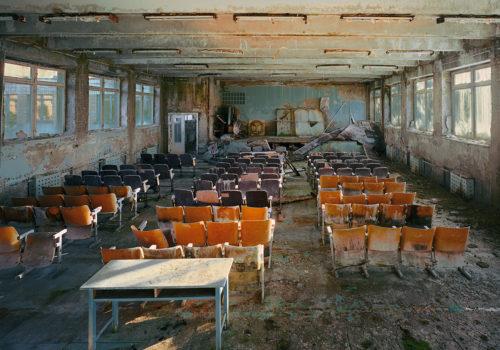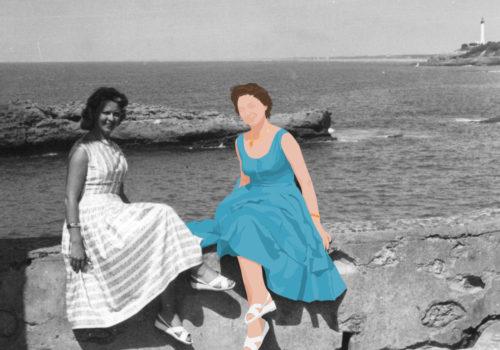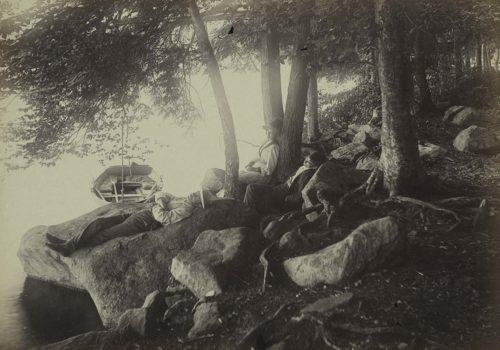To celebrate this anniversary, Sam Stourdzé has asked Françoise de Noyelle to produce a book by Éditions de la Martinière. It tells the story of these meetings, brings together more than 300 photos and brings together the testimonies of five great figures of the festival – Jean-Claude Gautrand, Maryse Cordesse, Jean-Claude Lemagny, François Hébel and Sam Stourdzé.
We have chosen these extracts.
Maryse Cordesse
Of all the evenings, exhibitions and colloquiums, what particularly strong memories do you keep?
The evening “Jazz and Photography” organized by Guy Le Querrec in 1983 was fantastic. The projections were great, and this agreement between hearing and looking provided complete pleasure. This evening was a hit, including among Arlesians.
The location played a lot too: for me who is passionate about the ancient world, to be in this Roman theater, to see the screen rise slowly in front of the columns, to the sound of the instruments … it was magic.
But it is especially the general atmosphere that permeated the city at the time of the Rencontres that I remember.
The word “rencontres” (encounters) is not trivial for me.
I wanted it to have a friendly atmosphere, everyone meeting everyone, especially in a small town where everything can be done on foot.
When we remember this period, the obvious imposes itself: Arles is first and foremost a human adventure.
—
Jean-Claude Lemagny
The viewing of portfolios has been an important part of the success of les Rencontres and in the interest that young photographers showed for them.
You have been one of the cardinal masters of this activity. How was it ?
It started at the beginning of the festival, and it has gradually become an institution. The Rencontres d’Arles are aptly named, because they are primarily meetings between people who show their images.
Throughout the city, photographers open their portfolios. And me, as the others, I was there to look at interesting photographs. I was doing it in the courtyard of the Arlatan hotel, before its director, Mr. Desjardins, – this excellent man installed me in a room on the ground floor. I got used to going there every morning, and more and more people came to show me photographs. After a while, I had to make a list to prevent the photographers from arguing. I ended up spending all my days there. Renouncing my lunch, I finally managed to escape for dinner – and some were still there, after dark, waiting for me on the street corner.
How did you proceed?
Let’s say a lot of people were looking at pictures, but few really looked at them. Often, and sometimes with the complicity of the photographer, we engage in considerations that have nothing to do with the image that we have in front of us. My principles were: to see, to look, to put myself in front of the image; not to lose myself in political, sociological or psychological reflexions, of which I have nothing to do and that gnaw at the photography on all sides, which cover its virginity. I looked at the forms: shadows, lights, features, masses, etc. I am a disciple of Henri Focillon and his Vie des formes (life of forms), in my opinion the greatest book ever written. I looked a lot, and I did not say much. The people who came, until filling the room, however, seemed to be satisfied with my words: I like to say that people came to “listen to me watch”. I did not want them to have come over for nothing, so I was trying to communicate with the public. For example, when I saw an interesting image, I showed it. There was an educational side.
You have been viewing portfolios for more than two decades. Was there a connection between these sessions and your work as curator at the Bibliothèque Nationale?
Of course ! I received the photographers between five and ten minutes (when we would have to spend half an hour on each image to really talk about it …) and I took their coordinates on a blank page. When I saw something interesting, I quietly added a small cross in a corner. The evening, on my bed, I spread out my finds of the day and found my crosses. And later, always discreetly, I made contact with these photographers from the Bibliothèque Nationale to try to get their works into the collections. People knew that I was recontacting some of them; it is also for this reason that there was such an attendance. Indeed, it is an honor to be at the Bibliothèque Nationale. I really think so, but I admit that I practiced this blackmail as much as possible. Given the limited financial resources of the Library, I had to bring works at almost no cost…
—
François Hébel
That’s why you decide to invest brownfields: the railways workshops of the SNCF.
Previously, the Meetings had few places, most of them were cluttered, dilapidated, or did not allow picture rails to decently show photographs. In contrast, the old SNCF workshops seemed perfect. Moreover, Europe had never seen contemporary art in industrial buildings . The worry is that it took money to renovate and develop them. So I flew to Rochester, in the United States, to meet Kodak’s vice-president – who, for once, was losing ground – and asked him to sponsor the festival. He told me, “If you can bring me a professional every half hour from 7 am to 5 pm, you will have all the money you want. ” I answered that it would be rather between 10 am and midnight, and he accepted. Three million francs a year for three years, plus one million for advertising: thanks to this astronomical sum, we were able to install photography in the SNCF buildings. With the help of theater professionals (scenographers, decorators, lighting designers, etc.), we have rebuilt and repainted the walls according to the works, instead of subjecting them to architecture. It was a total experience.
—
Sam Stourdzé
As a conclusion: what is your best memory from Arles?
There are many, but for the record, one of those I particularly like goes back to my first time in Arles, twenty years ago.
I was an intern in an art gallery, that was invited to Arles. I tried by all means to go to the festival I had heard so much about. So I offered to drive the truck that would bring down the works in exchange for a hotel night!
After ten hours of driving, here I am in the Forum Square sitting at a table where six or seven people discussed. The man in front of me was wearing white bermuda shorts and tennis socks. He asks my neighbor on the right: “Ralph, can you give me the water? The other responded, “Of course, Helmut! ”
And I turn frantic to my boss: “But … Ralph, it’s Ralph, and Helmut, it’s Helmut? ”
I did not speak to them, but I had stars in my eyes. That’s the magic of Arles!
I hope that those who will lead the festival tomorrow will still be able to chat with the Helmut Newton or Ralph Gibson of today. And I think that’s the case: when I see Pieter Hugo, Cristina Middel, Roger Ballen, Susan Meiselas or Don McCullin at a café terrace, I tell myself that the Rencontres always carry, in their very name, the essence of the generosity of their project.


